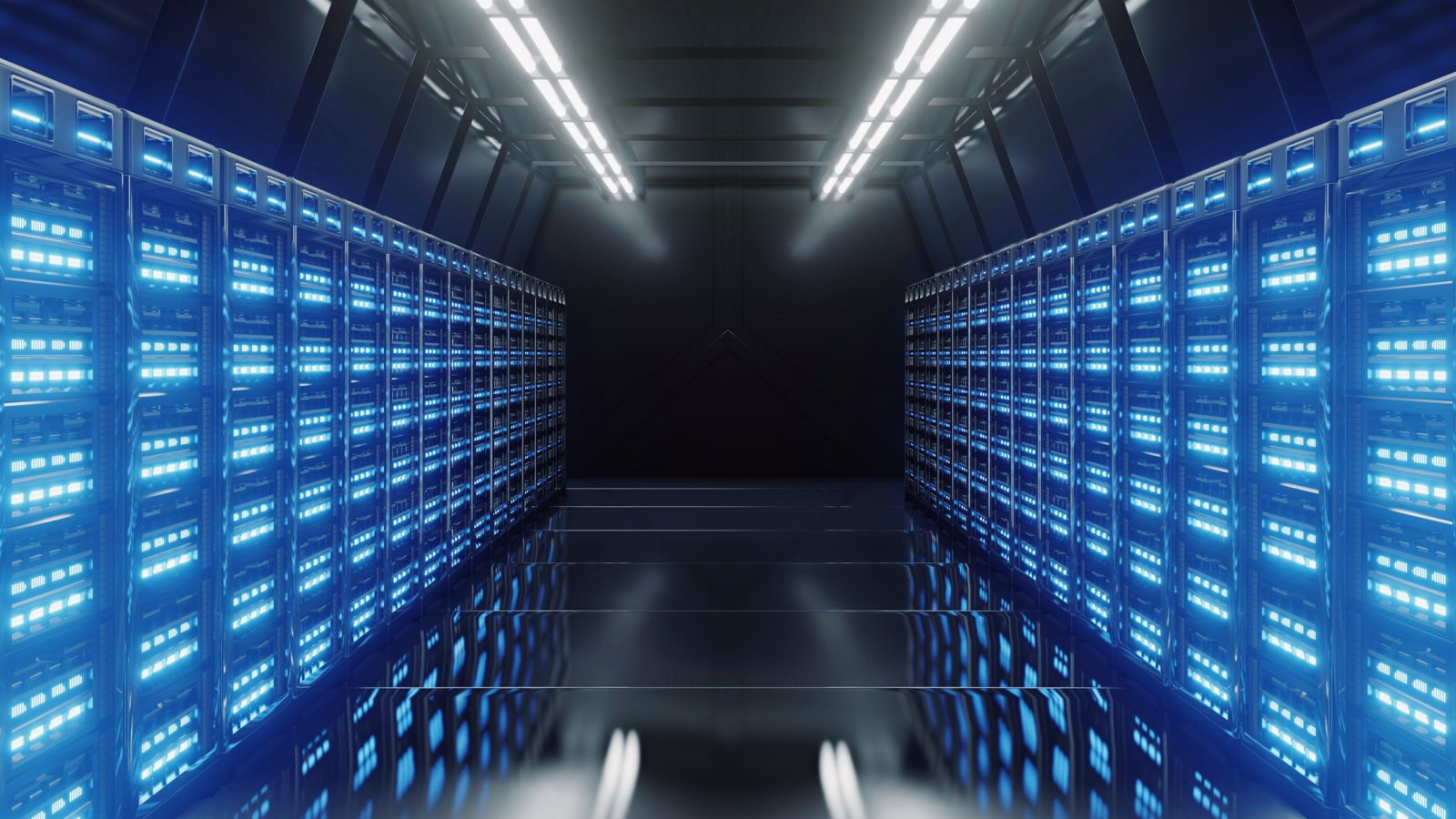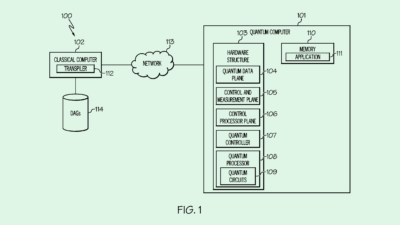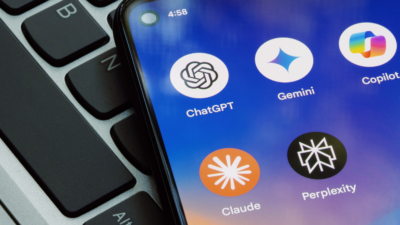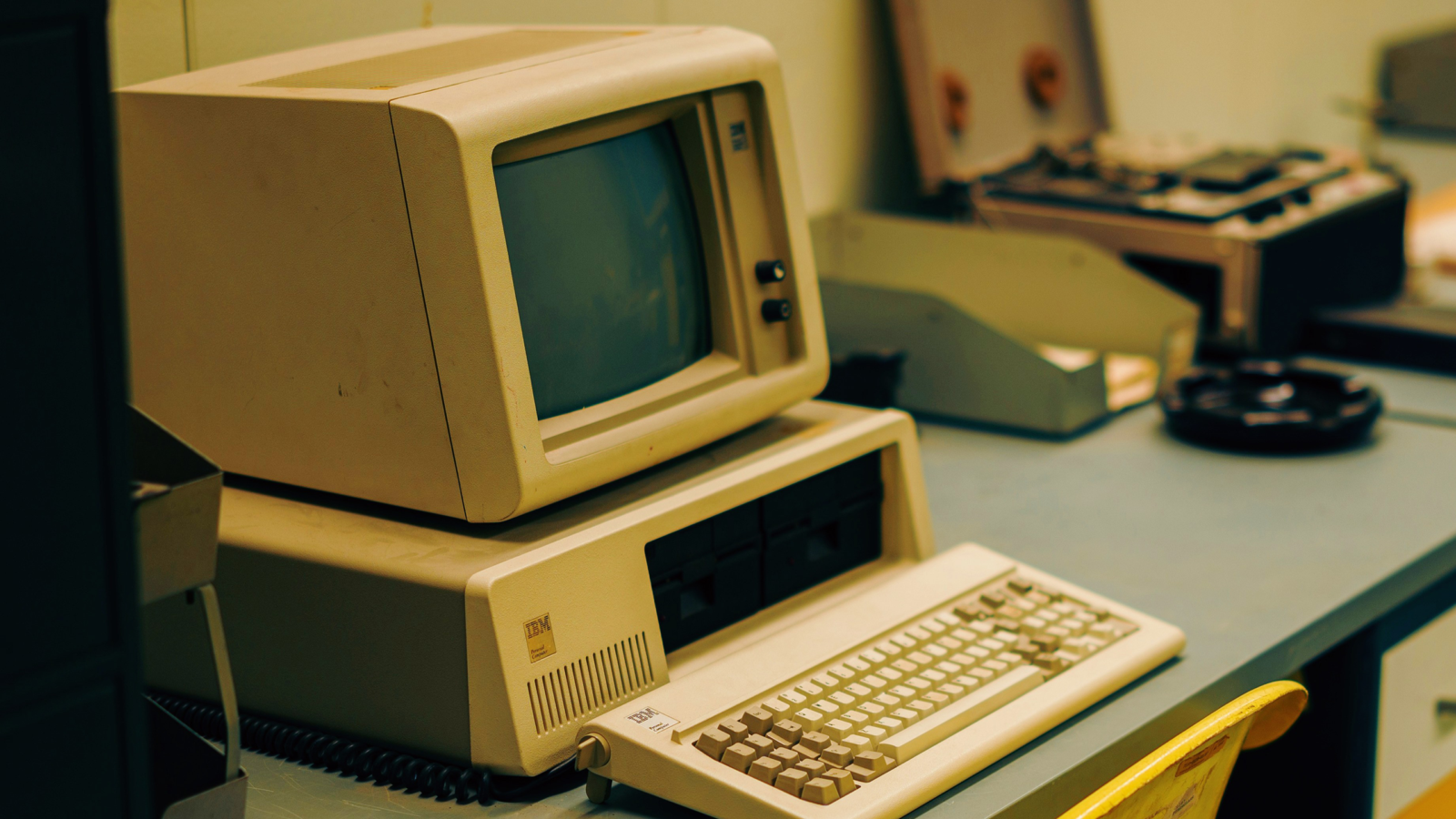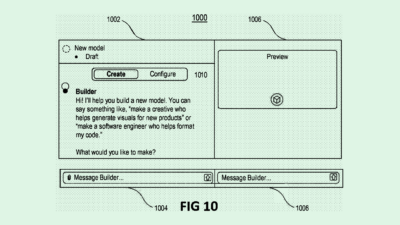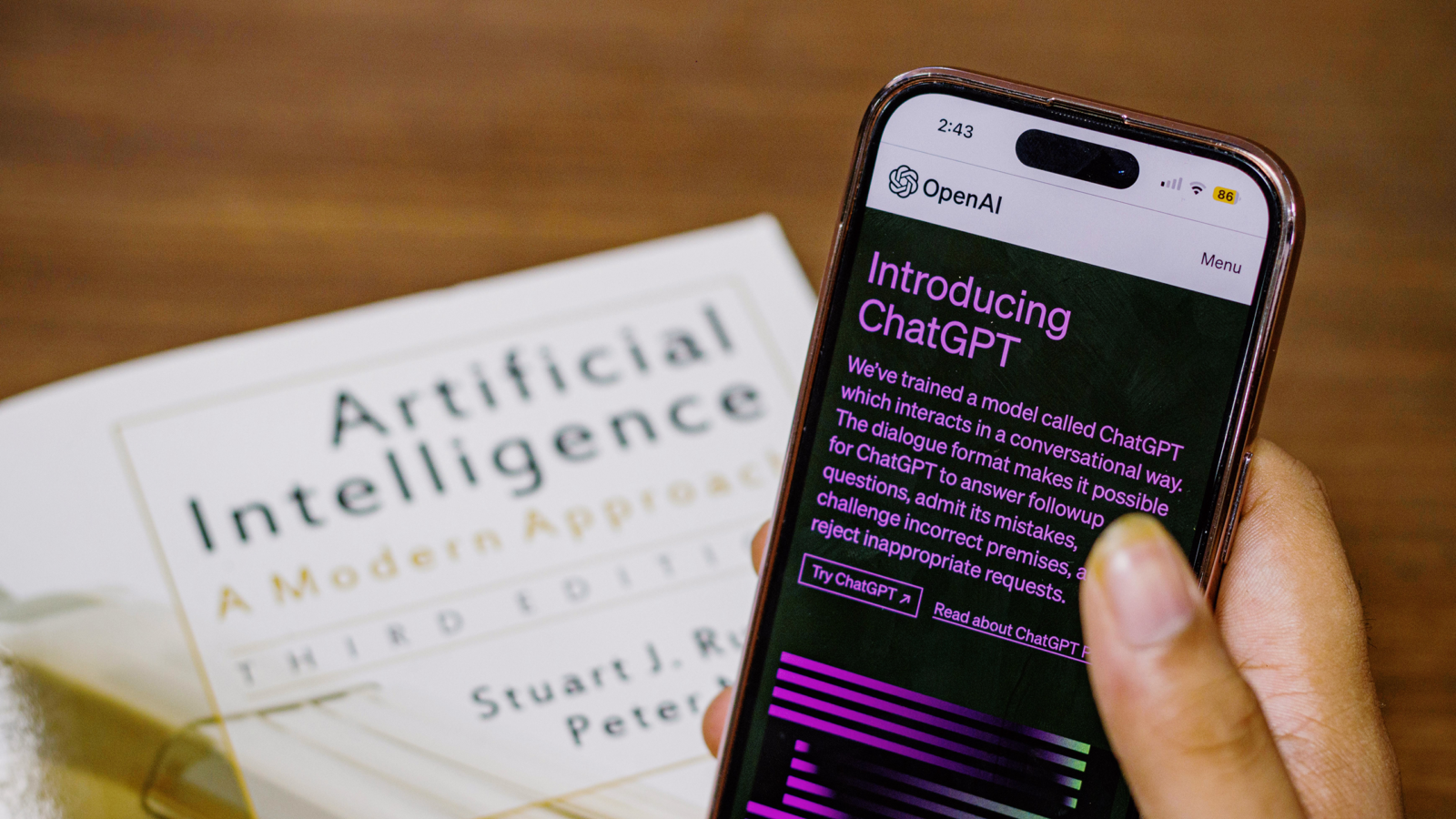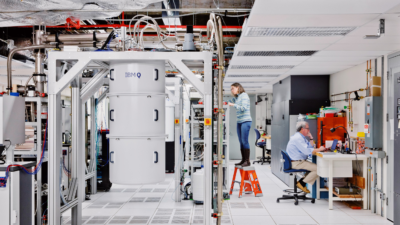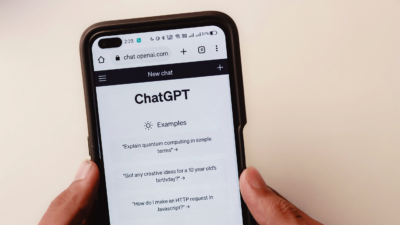Google Patent Highlights Ambitions For AI-Powered Robotics
Safety risks remain an issue in robot-human collaboration.
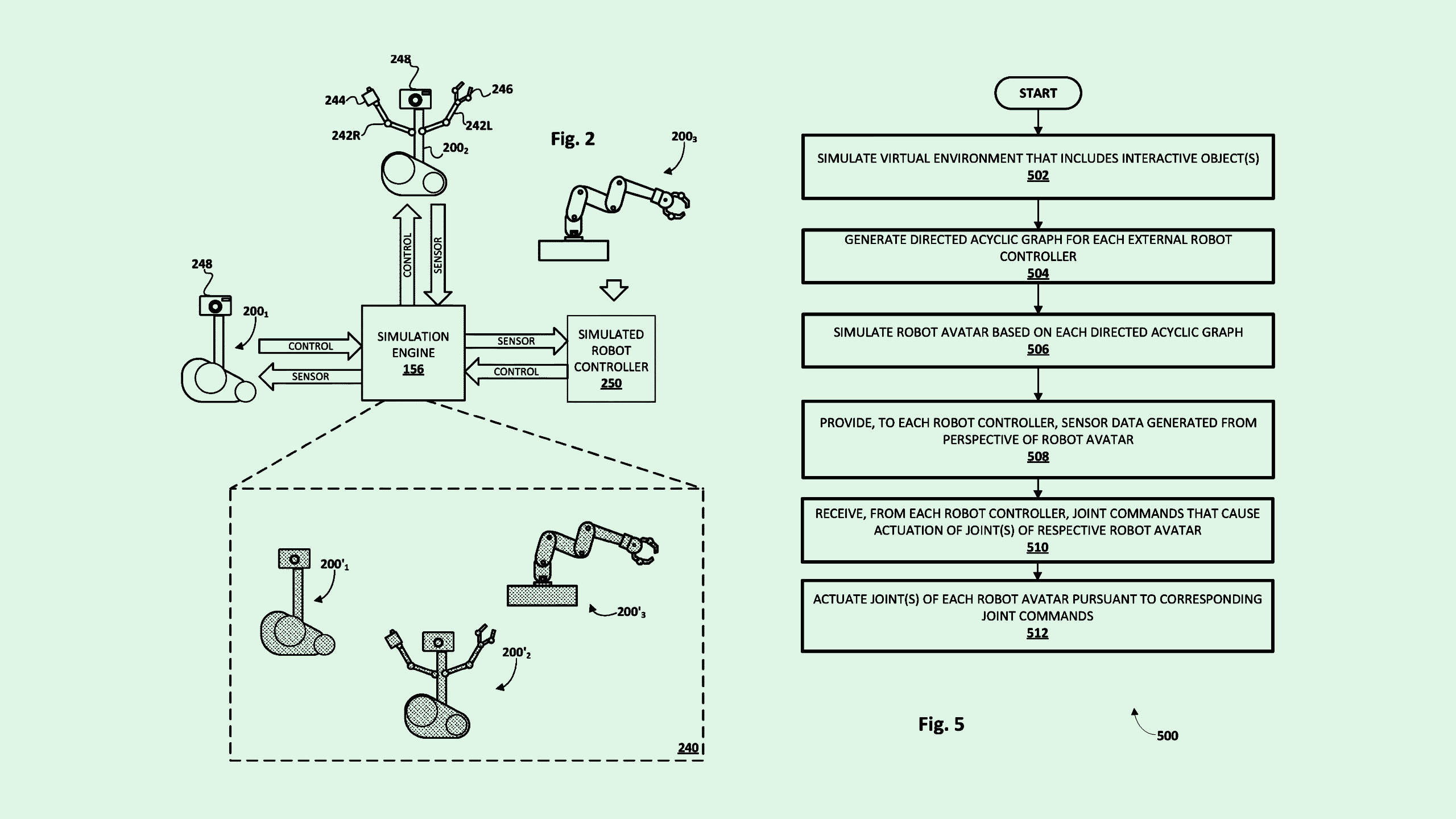
Sign up to get cutting-edge insights and deep dives into innovation and technology trends impacting CIOs and IT leaders.
The AI-powered robotics industry is quickly expanding, and Google is working to make sure it gets a piece.
In one of its latest efforts, the company is seeking to patent a system for “simulating multiple robots in virtual environments.” Google’s filing outlines a system for imitating robotic movements digitally as a means of generating training data for AI used in real-world robotics.
The system creates a digital environment filled with interactive objects, and simulates robots inside it with “avatars.” These avatars are operated with robot controllers outside of the virtual environment.
The robotic avatars collect synthetic sensor data, such as visual data, and send it back to their respective controllers. That sensor data is used to create “joint commands” that dictate the robots’ movements and object interactions in the virtual environment, as well as how the robots interact with one another.
The interactions create an abundance of training data for real-life robotics before physically deploying them. “In some cases, simulation is good enough to train or at least partially train robot machine models in an expedited and/or inexpensive manner, e.g., so that the model(s) can then be further trained, or “polished,” using a limited number of real-world robot operations,” Google said in the filing.
Along with tons of patent applications related to robotics, Google has sought more use cases in the space for its AI investments: Last week, the company announced two new AI models tailored for robotics. The company said its models work with robots of all forms, from those designed for factory settings to humanoids.
Though AI-powered robotics stands to have massive market potential in spaces like manufacturing and logistics, safety risks remain an issue in robot-human collaboration. Without proper training and safeguards, an AI-powered robot going haywire could injure workers. Google’s patent could help in that regard: The more data a model has to train on, the better.
